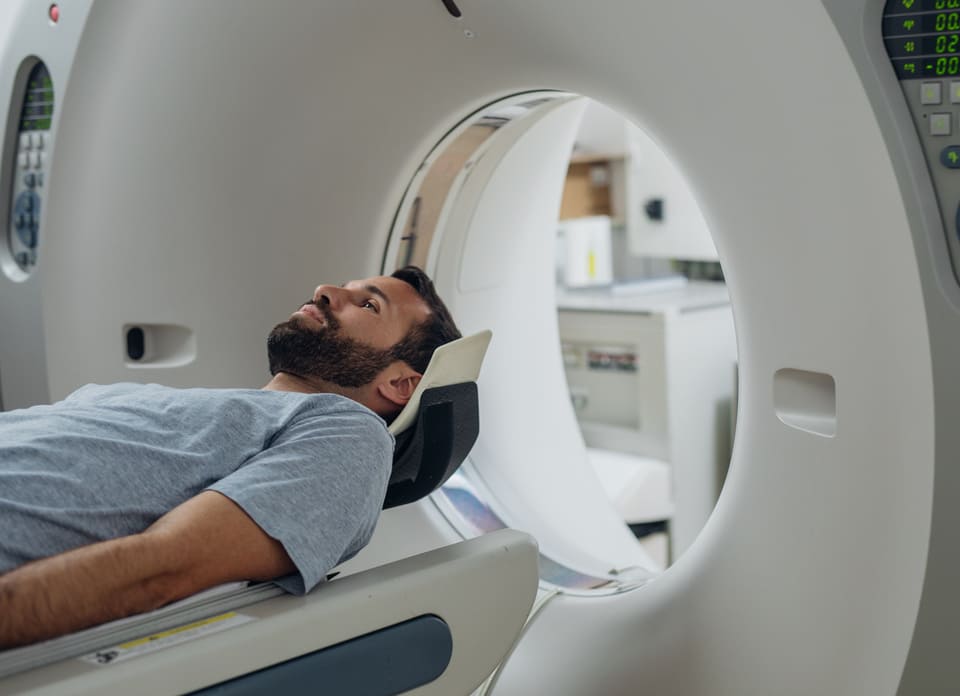Early Detection of Lung Cancer is Key
Lung cancer is the leading cause of cancer deaths among both men and women in the United States. Each year, more people die of lung cancer than of colon, breast and prostate cancers combined. Catching lung cancer early before the disease spreads to other areas of the body is essential. By catching malignant tumors when they are still small, they can be surgically removed. If lung cancer is caught before it spreads, the likelihood of surviving five years or more improves to 63 percent!

CT Lung Cancer Screening Procedure & Details
A CT Lung Cancer Screening or LDCT (low-dose CT) is a special kind of X-ray that takes multiple pictures as you lie on a table that slides in and out of the machine. A computer then combines these images into a detailed picture of your lungs. CT Lung Cancer Screenings are used to detect lung cancer early when it is more likely to be curable. It is highly recommended for older adults who are currently smoking, longtime smokers or ex-smokers and show no signs or symptoms of lung cancer, to consider this screening.
Benefits and Risks Associated with CT Lung Cancer Screening
There are benefits and risks associated with this screening. While early detection can considerably improve the chances of an effective treatment , low-dose CT scans have some minimal side-effects. They do involve exposure to a small amount of radiation, yet the potential health advantages are believed to far surpass these risks.
Screening Qualifications
- Between 50 and 80 years old, limited to one per year, (ends at 81st birthday)
- Currently smoking or have quit within the last 15 years
- Have a smoking history of a least 20 pack-years (1 pack a day for 20 years or more)
- Have no signs, symptoms or history of cancer for the last 5 years
This exam is covered under diagnostic benefits, depending on where the screening is rendered. For example, if completed in the office, the office visit benefits would apply. If rendered in an outpatient x-ray facility, those benefits would apply. If you meet the screening criteria above, speak with your PCP about obtaining a LDCT as soon as possible.
Adapted from:
